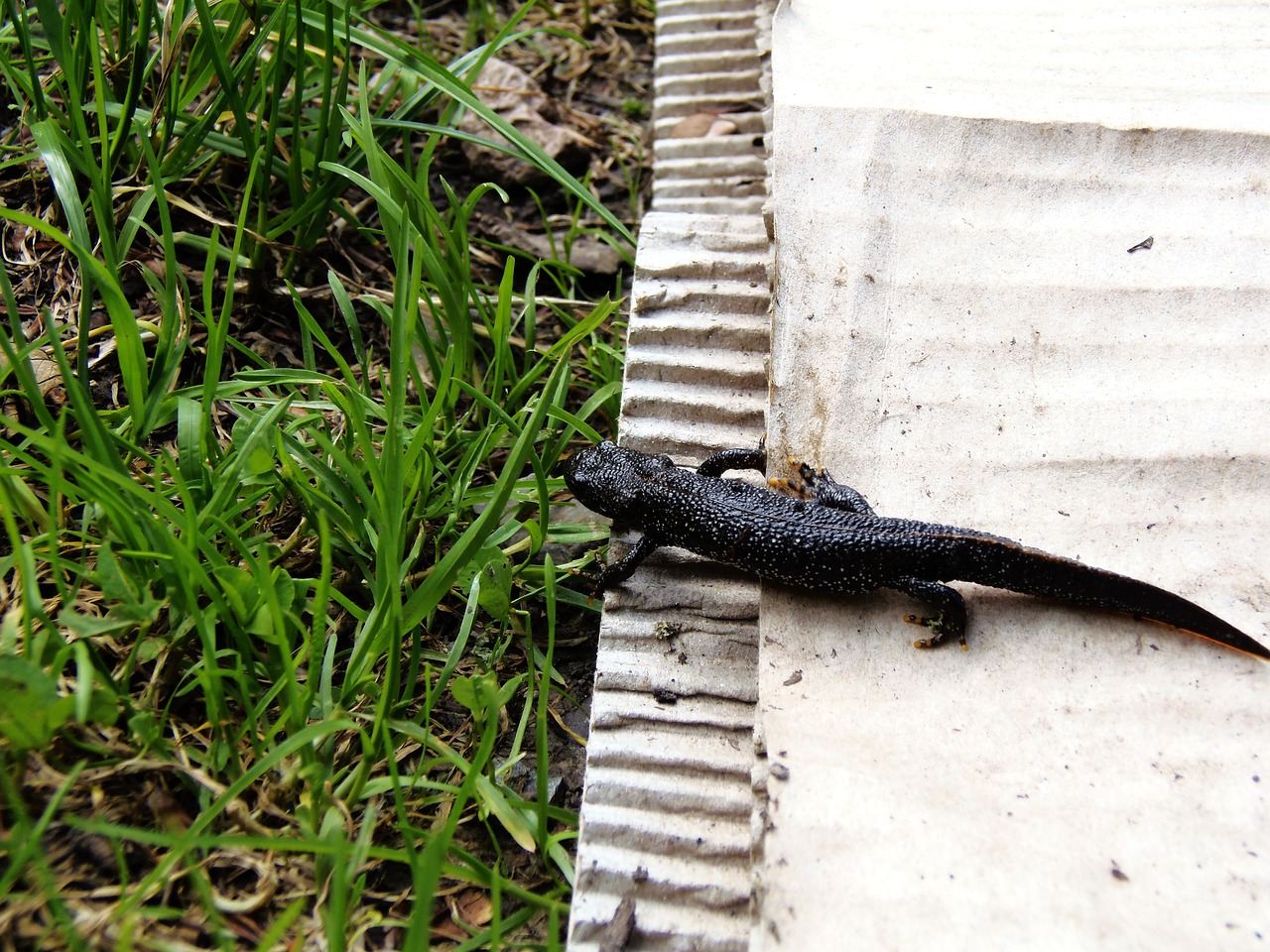And finally.. get to the newt of the issue

Plans by former Prime Minister Boris Johnson to build a pool at his home have been derailed due to the presence of newts.
Objecting to the pool at the Oxfordshire residence, one council officer warned nearby great crested newts could be impacted by the development. He advised planning permission should not be granted, without an assessment.
Three years ago Boris Johnson, when prime minister, had railed against the amphibian, blaming the protected species for the slow rate of new home building in the UK.
“Newt-counting delays,” said Mr Johnson in a keynote speech in July 2020, “are a massive drag on the productivity and the prosperity of this country.”
Mr Johnson moved to the £3.8 million 17th Century house in May. The grounds of the nine-bedroom building include a tennis court and are bordered on three sides by a moat.
The holding objection to the pool, first reported in the Telegraph, was lodged by South and Vale Countryside Officer Edward Church who said the proposed development falls within “the red zone of highest risk to great crested newts”.
“Natural England guidance requires that proposals need to demonstrate no risk to GCN or appropriate levels of mitigation and compensation following assessment.”
He said protected species surveys may be needed to support Mr Johnson’s application.
Great crested newts are a European protected species and it is an offence to deliberately kill, injure or capture them, or damage their breeding sites and resting places.
According to government agency Natural England, the population of great crested newts has dramatically declined over the last 60 years.
In order to protect the species, local councils have to check developers have taken appropriate measures to mitigate negative effects on the orange-bellied amphibians.
Mr Johnson’s application to build an 11 by 4m outdoor swimming pool, also attracted comments from the council’s County Archaeological Services who noted that the site was an area of “considerable archaeological interest” as it was believed to be the location of a moat of a 12th century siege castle.
The body said the development “despite its relatively limited nature, could encounter archaeological deposits related to the medieval development”.
It advised that if permission was granted, some form of archaeological monitoring should take place during construction.



















